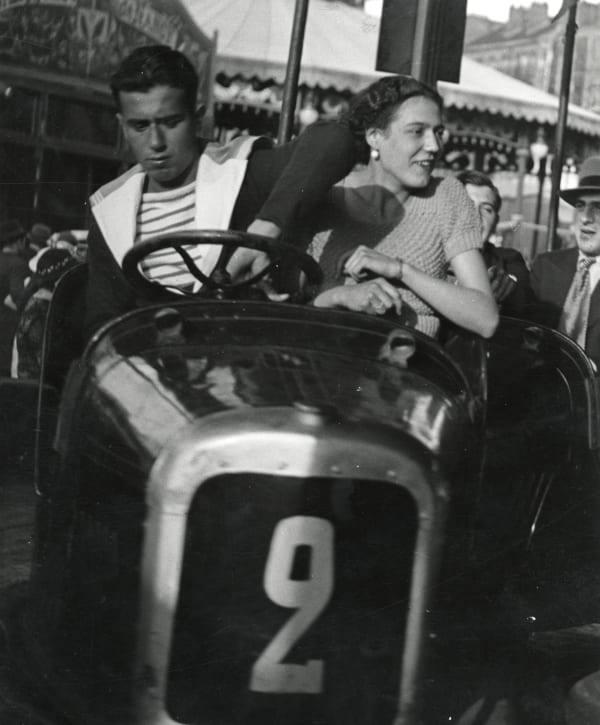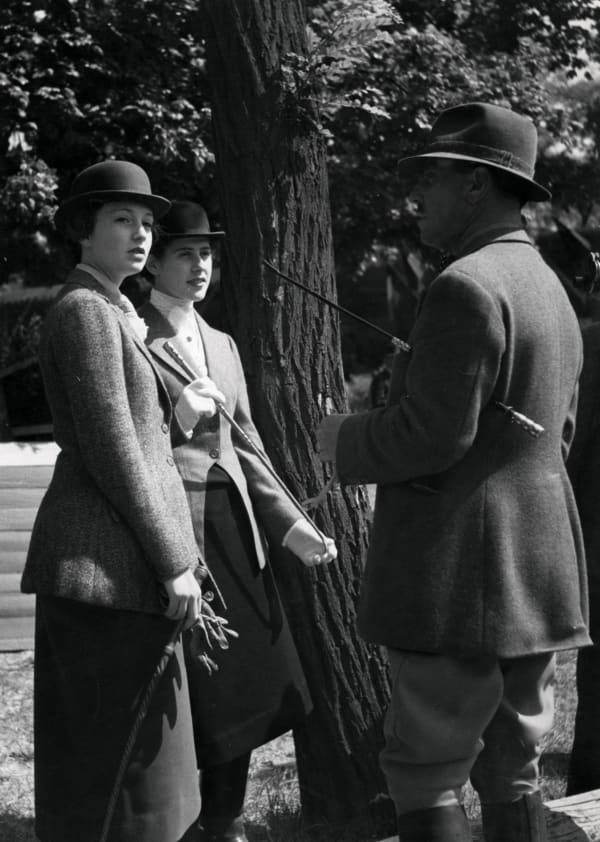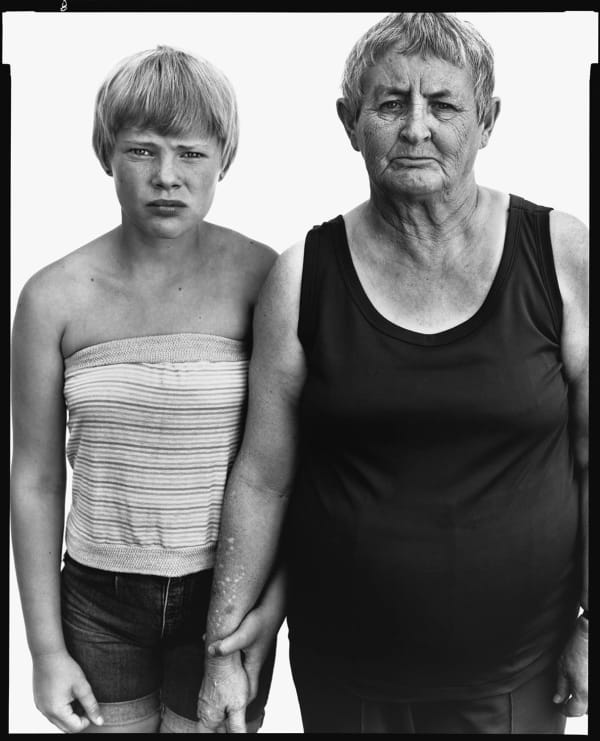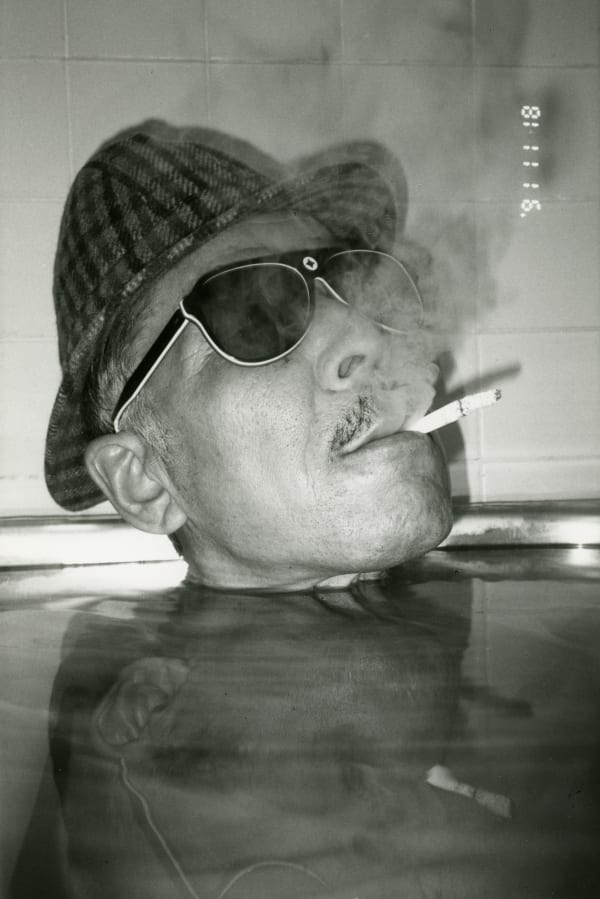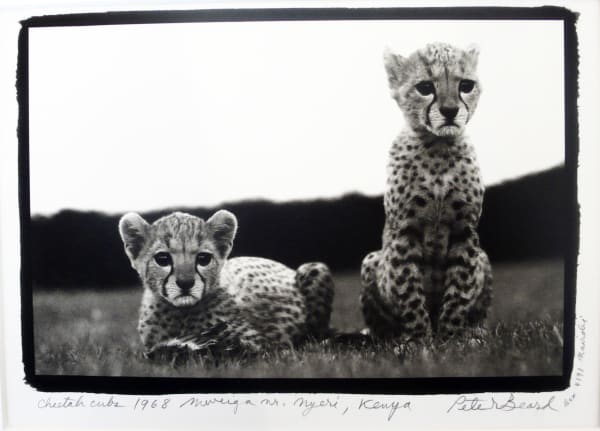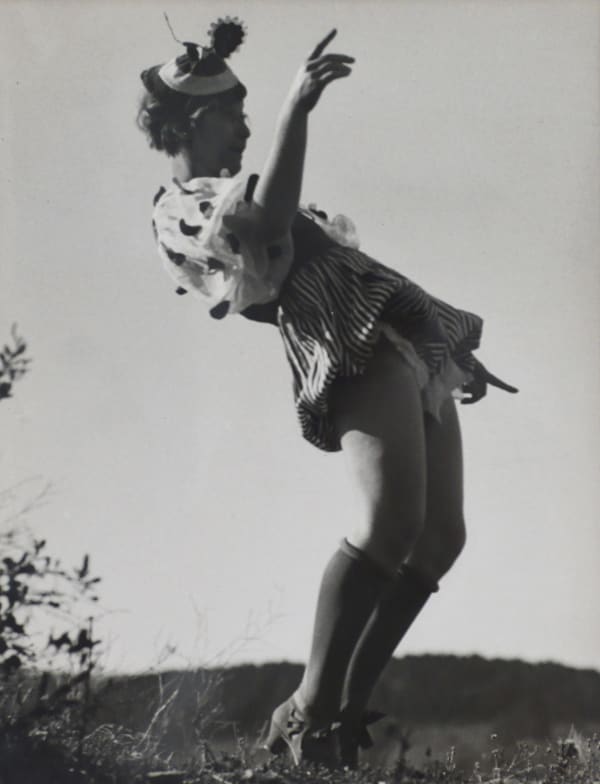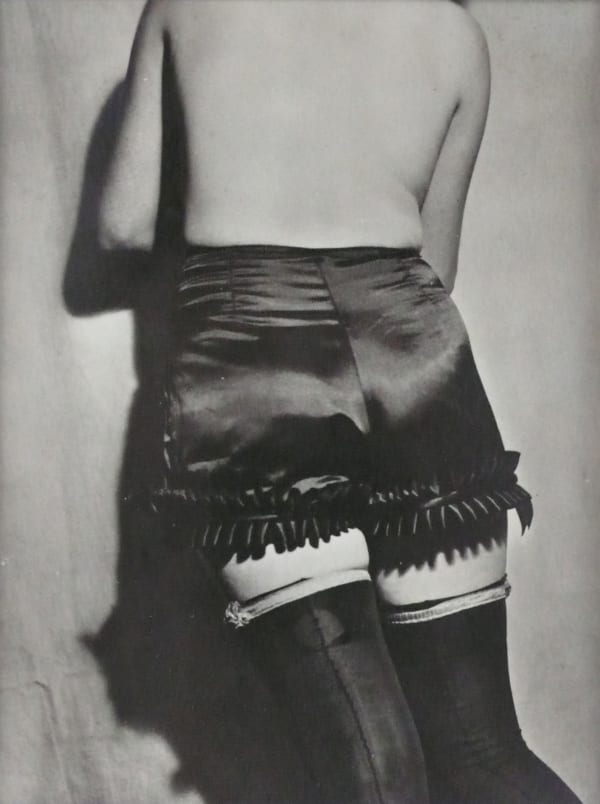Works
-
 Fête (Bumper cars), c. 1932
Fête (Bumper cars), c. 1932 -
 L’Homme Gorille et Son Fils, ca. 1933
L’Homme Gorille et Son Fils, ca. 1933 -
 Picasso in his Studio in the Rue des Grands-Augustins, 1939
Picasso in his Studio in the Rue des Grands-Augustins, 1939 -
 Bal du 14 Juillet, Place de la Contrescarpe, 1934
Bal du 14 Juillet, Place de la Contrescarpe, 1934 -
 Couple Au Bal Negre, Rue Blomet, ca. 1932
Couple Au Bal Negre, Rue Blomet, ca. 1932 -
 Dressed Up For Riding, 1936
Dressed Up For Riding, 1936 -
 Golfers
Golfers -
 La Nuit de Longchamp, 1937
La Nuit de Longchamp, 1937 -
 Tramp, Cannes, ca. 1932-34
Tramp, Cannes, ca. 1932-34 -
 Untitled (Mannequin head)
Untitled (Mannequin head) -
 Untitled (Mannequin head)
Untitled (Mannequin head)
Biography
“The man from Brasso”, the Hungary university town where he was raised, was born Gyula Halász. He studied art in Budapest and then in Berlin following WWI. Son of a university professor who taught French, he had come to Paris first as a small boy, and stayed for a year with his father. The attitude of simple wonder never left him, regardless of subject matter his astonished eye is one of the constant elements in his work. He returned to Paris in 1923 and was particularly drawn to the neighbourhood of Montparnasse. He prowled the streets, commenting “my camera sees all different kinds of people and with impartiality fixes them on the negative. Whatever I see and feel about people the camera sees”. In this way he managed to capture something profound about the many personalities that he encountered. He talked of “a time, a place, a moment when a certain picture is possible and how if one fails then, one can no longer return to recapture it”.
In the early thirties Brassaï set about photographing Paris by night, especially the city's more colourful and disreputable underbelly. The results of this project, a fascinatingly eclectic collection of tawdry prostitutes, pimps, madams, transvestites and glistening lamp lit vistas was published in 1933 as Paris de Nuit, one of the most remarkable photographic books of all time. Taken just a year after, Bal du 14 Juillet, Place de la Contrescape captures the same energy resonant in the book it follows. In addition to photos of the seedier side of Paris, Brassaï portrayed scenes from the life of the city's high society, its intellectuals, its ballet, and the grand operas. He photographed many of his artist friends and their studios, including Salvador Dalí, Pablo Picasso, Henri Matisse and Alberto Giacometti as depicted in Giacometti’s Studio, 1948.
Brassaï's photographs brought him international fame early on. In 1948, he had a one-man show at the Museum of Modern Art in New York City, which traveled to the George Eastman House in Rochester, New York; and the Art Institute of Chicago, Illinois. His work is in the collections of SFMoMA, San Fransisco, LACMA, Los Angeles, Metropolitan Museum of Art, New York and the Pompidou Centre, Paris among others.
My camera sees all different kinds of people and with impartiality fixes them on the negative. Whatever I see and feel about people the camera sees.
- Brassaï
Exhibitions
-

ART GENÈVE 2020
Palexpo • Stand B49 29 Jan - 2 Feb 2020Michael Hoppen Gallery will be presenting some of our most iconic and important artists for our third engagement at Art Genève . We believe that photography has changed dramatically over...Read more -

PHOTO LONDON 2016
SOMERSET HOUSE • STAND B8 19 - 22 May 2016Michael Hoppen Gallery returns to Photo London with a wide selection of works including a mighty collection of Hungarian works.Read more -

Paris Photo
GRAND PALAIS • BOOTH C10 12 - 15 Nov 2015The Michael Hoppen Gallery list of artists to be exhibited at Paris Photo 2015.Read more -

PAD London
BOOTH A18 14 - 18 Oct 2015Here is a brief synopsis of that the Michael Hoppen Gallery will be bringing to PAD Art Fair, London, this year.Read more -

Made in Hungary
Group Show 9 Jul - 24 Sep 2011A group show exploring the great Hungarian photographers. DocumentaryRead more
News
-

HUNGARIAN COLLECTION
PHOTO LONDON: Special Feature 19-22 MayA glimpse of our Hungarian collection on display at Photo London, Somerset House, 2016.Read more -

BRASSAï
PARIS PHOTO: FEATURED ARTIST November 11, 2015A special feature on Brassaï images on display at our booth at this years Paris Photo fair. (women, figure, form, posed, portraits, female, beauty, fashion, life, photography)Read more
Press
-

Brassaï (1899-1984)
Jessica Vaillat, The Red List -

The Facts of Brassaï
Marta Represa, AnOther, April 15, 2014 -

Brassaï in Paris: A Photographer’s Love Letter to the City of Light
Liz Ronk, Time, March 27, 2014 -

Eyewitness: Hungarian Photography in the Twentieth Century, Royal Academy
Francis Hodgson, The Financial Times, July 19, 2011 -

Where there's muck, there's Brassaï
Peter Conrad, The Guardian, February 25, 2001
Enquire
